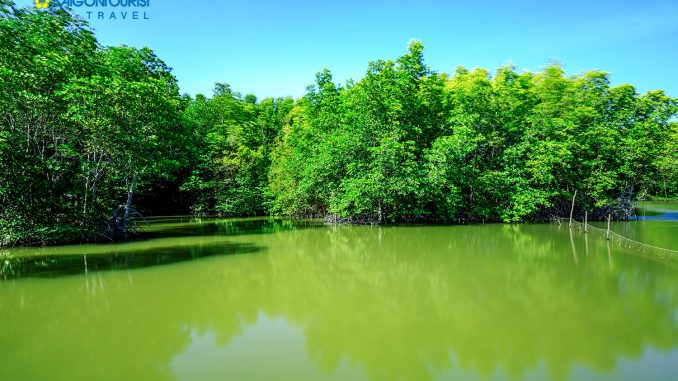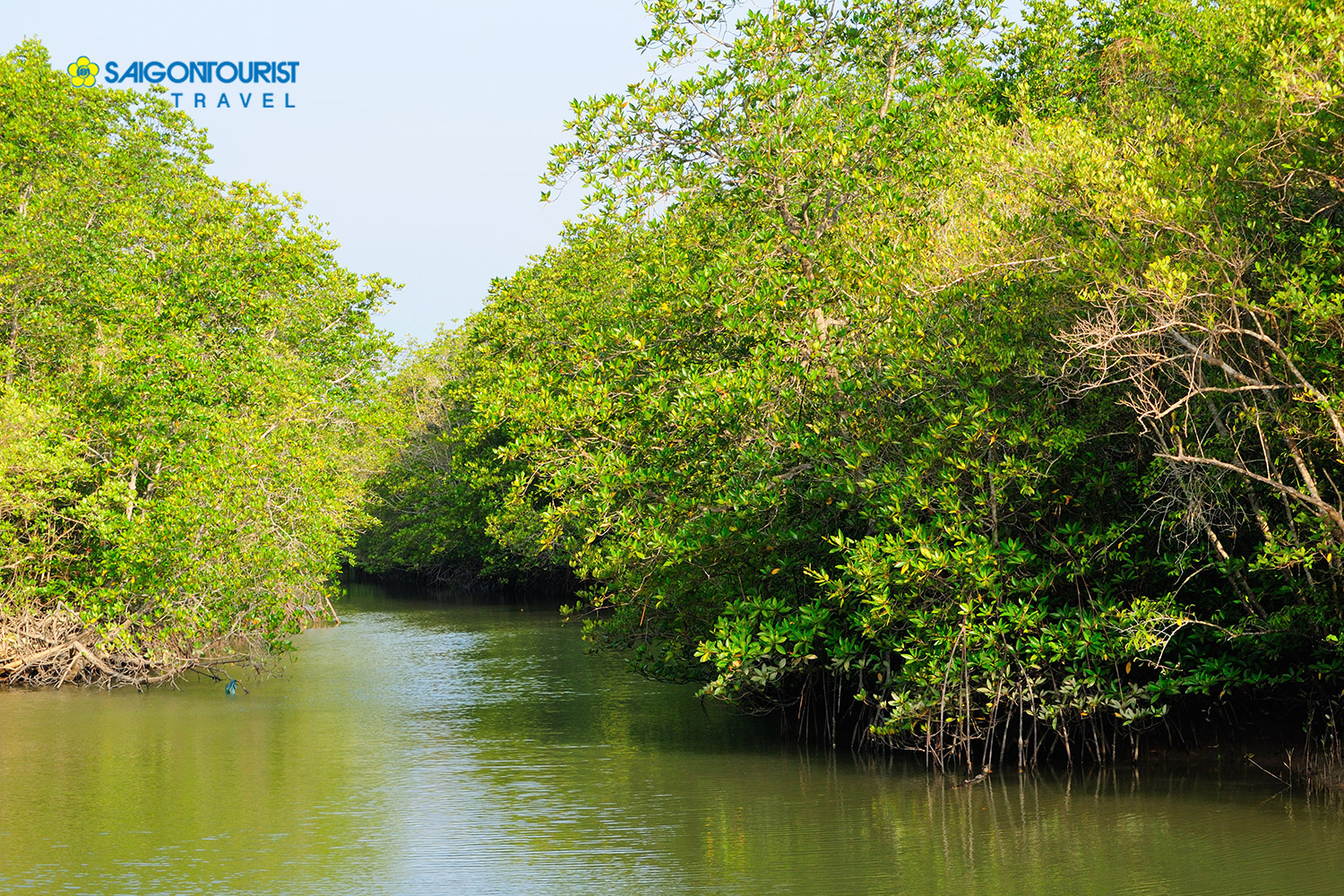

Location
The ecological forest of Can Gio is situated 50km away from downtown Ho Chi Minh City.
Characteristics
Can Gio has been recognized as a biosphere reserve after evaluation of various aspects, including the people, ecology, environment and biosphere sustainability. Those who visited this place decade ago can hardly recognize it today, due to the countless towering trees and plants that stretch out of sight, and the harmonious biosphere of the coastal mangrove forest. So far nearly 40,000 ha of forest and land have been restored. According to the Can Gio Forest Managing Board, at present more than 600 households with 1,500 people reside in this area. They live on reforestation, forest protection and aquatic production. In the early 1970’s, the concept of “Biosphere reserve” was announced with the aim of protecting the species in danger of extinction. The biosphere reserves must preserve the samples of the ecological systems in the world, and work as a laboratory where research and observation of these ecological systems are undertaken. The reserve seeks measures to help the local people benefit from nature.
Taking a boat ride on the big Dong Nai and Long Tau Rivers or on the smaller Vam Sac, Dong Thanh and Soai Rap Rivers, which run through Can Gio, visitors will not think that they are visiting a district on the outskirts of Ho Chi Minh City. They seem to be in the watery areas of Ca Mau and Kien Giang, the southernmost area in Vietnam with vast mangrove and cajeput forests. The roots of the mangrove trees on the sides of the river twist with one another then spread out and root deep into the earth. It is these roots that make Can Gio a protective forest safeguarding millions of city dwellers, and an ideal ecological tourist site as well.